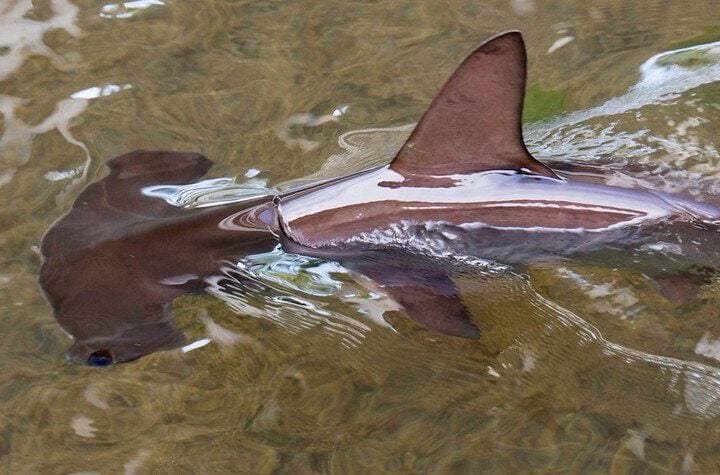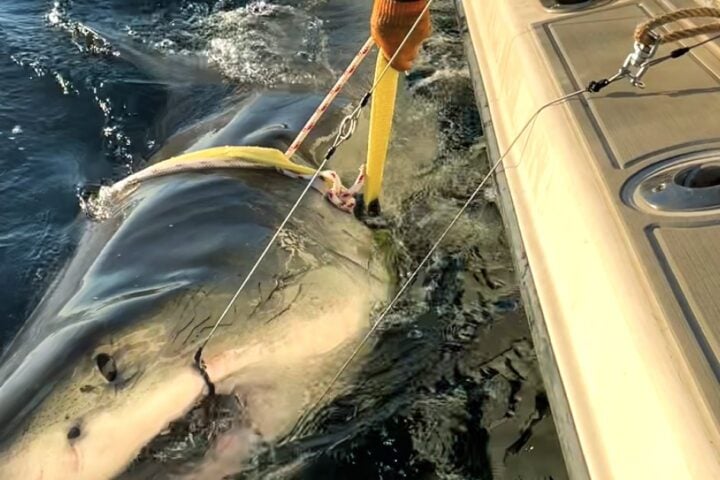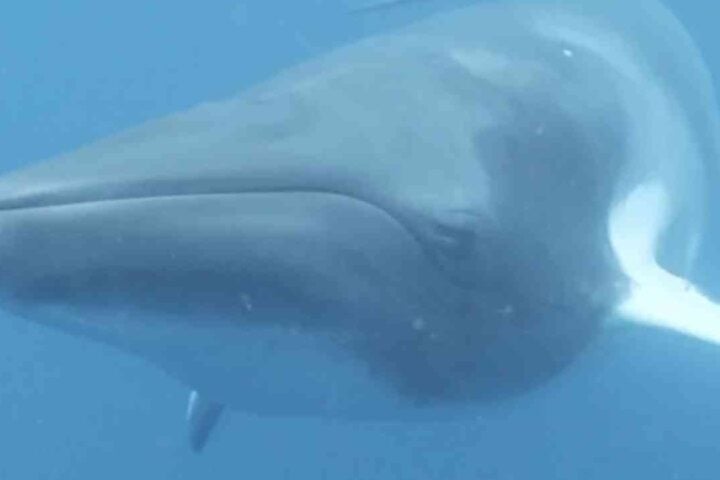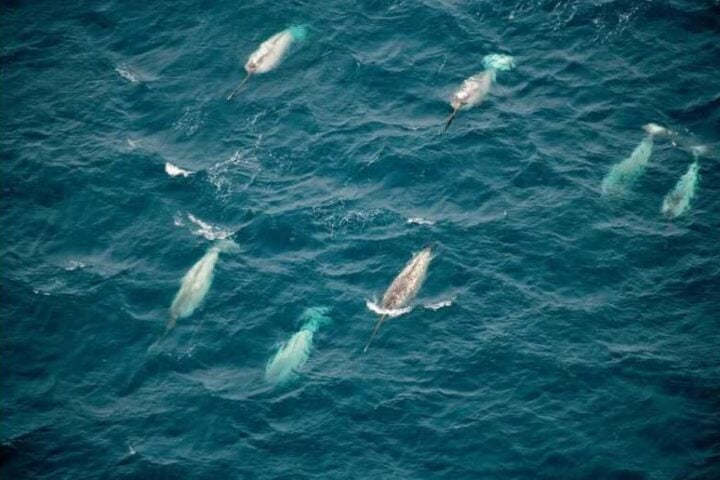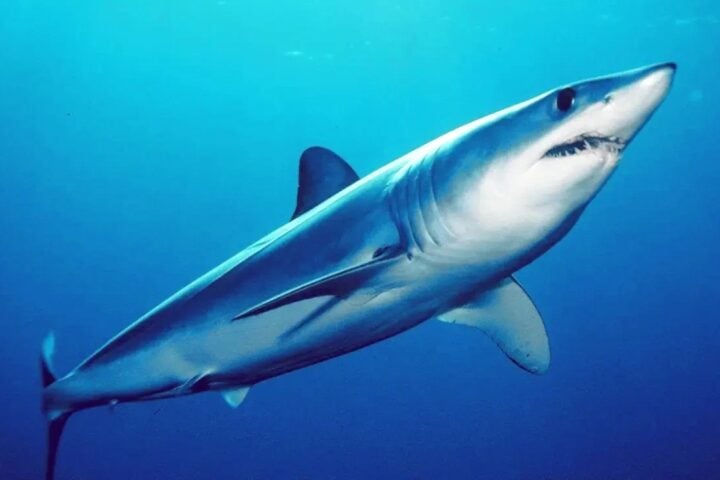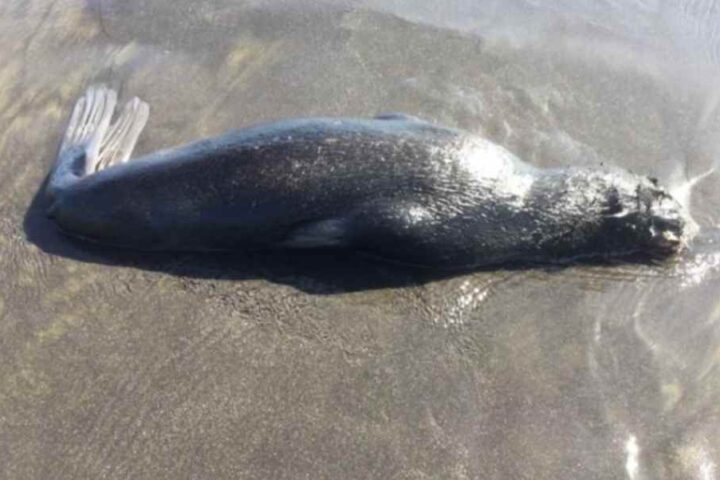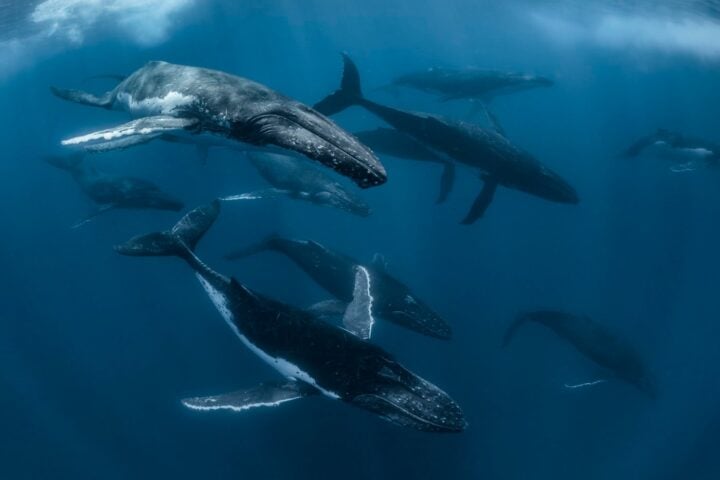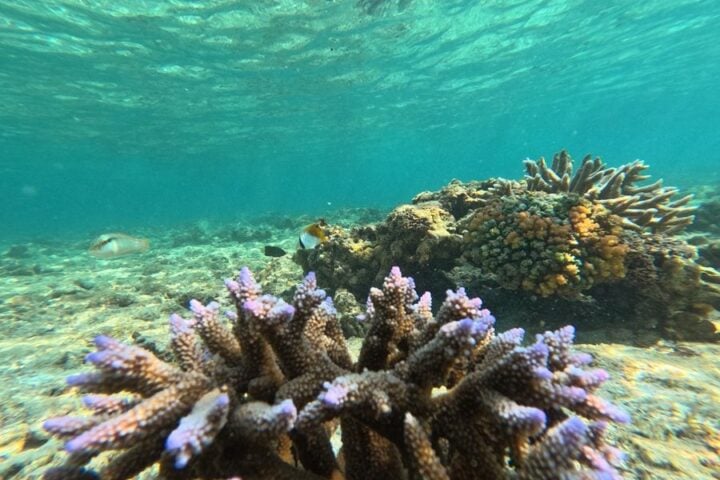Lolita, the orca was captured 50 years ago and held at the Miami Seaquarium for entertainment purposes, may soon be returned to her home waters. The Miami Seaquarium, Florida non-profit Friends of Toki (Lolita), and Indianapolis Colts owner Jim Irsay will state her future at a news conference on Thursday.
Lolita, also known as Toki, was around 4 years old when she was moved from Washington state in 1970. Now Lolita is estimated to be 57 years old. Lolita’s health was under consideration for the past few years, and eventually last year, the Seaquarium’s company announced that she would not participate in the exhibitions at the whale stadium.
An independent checkup from two world-renowned veterinarians last June revealed that Lolita’s condition had improved. In 2005, Puget Sound orcas were included in the endangered species list, but captive animals were excluded from mandatory protection.
Animal rights activists have been defending Lolita’s situation and asking for her transfer to her home pod in Puget Sound. Activists claimed that her pool at the Seaquarium is much too small. Lolita’s habitat has more than the minimum requirements established by the Animal Welfare Act regulations, according to the park.
Experts believe in some cases it’s better and safer to keep the endangered animal in captivity. The release of a captive animal into the wild may pose difficulties for that animal as well as for wild populations of the same species. The issue being that captive animals aren’t trained to survive in the wild, and learning survival techniques from scratch is easier said than done.






![A male [[Great white shark]] off [[Isla Guadalupe]], [[Mexico]]. Along with many [[Mackerel scad|Mackarel scads]] seen in the background. Photo Source- Terry Goss (CC BY-SA 3.0)](https://www.karmactive.com/wp-content/uploads/2025/06/White_shark-720x480.jpg)
